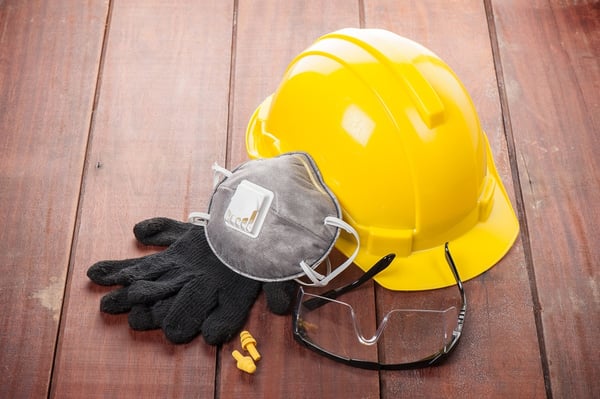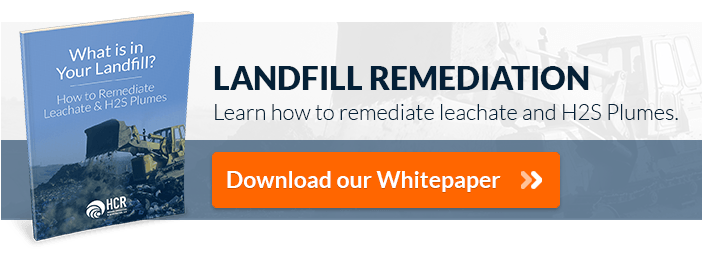
Employers have a responsibility to provide employees with a safe and healthy workplace. Part of fulfilling that requirement entails supplying personal protective equipment (PPE). PPE is equipment that can help protect you against health and safety hazards at work.
What Is My Responsibility, as a Supervisor, When It Comes to PPE?
You must choose the equipment carefully. Make sure the PPE is appropriate for the task and ensure employees are trained on how to use it. Additionally, your employees must be able to recognize and report defects.
Before selecting PPE, you should ask yourself the following questions:
- What will employees be exposed to?
- How long will the exposure last?
- How much will they be exposed to?
Selecting and Using PPE
- Choose products that meet the American National Standards Institute (ANSI) and National Institute for Occupational Safety and Health (NIOSH) requirements. If you are unsure, contact your company’s Health & Safety department.
- Choose equipment that suits the user – consider the size, fit and weight of the PPE. If the PPE is uncomfortable or doesn’t fit right, more than likely the user will not wear it.
- If more than one item of PPE is worn at the same time, make sure they can be used together. For example, wearing safety goggles with a half face respirator may prevent the goggles from fitting securely, allowing particulates or liquid to enter.
- Everyone needs to be instructed on the proper use. For example, employees should be trained on how to remove gloves without contaminating their skin.
Maintenance of PPE
If PPE is reusable, it must be cleaned and kept in good condition. Think about:
- Using the right replacement parts.
- Keeping replacement PPE available.
- Who is responsible for maintenance and how it is to be done?
Employees must use PPE properly and report lost, damaged or faulty equipment as soon as possible.
Monitoring and Review of PPE
Monitor that PPE is being used. If it is not, find out why. Safety signs can be a useful reminder that PPE should be worn. Take note of any changes in equipment, materials and methods – you may need to update the Health and Safety Plan (HASP).
Reasons to Upgrade to a Higher Level (D Is Lowest, A Is Highest)
- Known or suspected presence of dermal hazards.
- Occurrence or likely occurrence of gas or vapor emission.
- Change in work task that will increase contact or potential contact with hazardous materials.
- Request of the individual performing the task.
Reasons to Downgrade PPE Requirements
- New information indicating that the situation is less hazardous than originally thought.
- Change in site conditions that decreases the hazard.
- Change in work task that will reduce contact with hazardous materials.
Other Advice on PPE
Never allow exemptions from wearing PPE for those jobs that “only take a few minutes.” Check with your supplier on what PPE is appropriate – explain the job to them.
PPE Is Essential
Even when engineering controls and safety systems have been put in place, some hazards might remain. Therefore, PPE is essential in helping to protect employees from workplace exposures.



